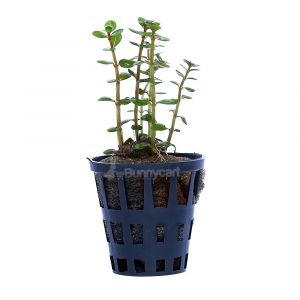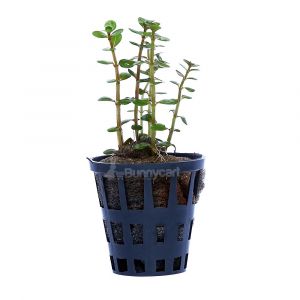Types of Floating Plants
There is a diverse range of floating plants, each with unique characteristics and growth habits. Some of the most popular types include:
Water Lettuce (Pistia stratiotes): Resembling a head of lettuce, this plant has soft, velvety leaves that form rosettes. It is excellent for providing shade and reducing algae growth.
Duckweed (Lemna minor): One of the smallest floating plants, Floating Plants duckweed forms dense mats on the water surface. It is a favorite among fishkeepers for its rapid growth and nutrient-absorbing capabilities.
Water Hyacinth (Eichhornia crassipes): Known for its beautiful lavender flowers, water hyacinth has long, glossy leaves. It is an effective water purifier but can become invasive if not managed properly.
Frogbit (Limnobium laevigatum): This plant has small, round leaves and delicate white flowers. It is easy to grow and provides excellent cover for fish and other aquatic creatures.
Salvinia (Salvinia natans): A floating fern with oval-shaped leaves, Salvinia is effective at controlling algae and providing shade.
Ecological Benefits of Floating Plants
Floating plants are more than just decorative elements; they play a crucial role in maintaining a healthy aquatic ecosystem. Here are some of their key benefits:
Water Quality Improvement: Floating plants absorb excess nutrients, such as nitrates and phosphates, from the water. This helps reduce algae blooms, which can be harmful to fish and other aquatic life.
Oxygen Production: Through the process of photosynthesis, floating plants release oxygen into the water, which is essential for the survival of fish and other aerobic organisms.
Shade and Temperature Regulation: By covering the water surface, floating plants provide shade, which helps in regulating the temperature of the water. This is particularly beneficial during hot summer months when water temperatures can rise to levels that are stressful for aquatic life.
Habitat and Food Source: Floating plants offer shelter and breeding grounds for fish, amphibians, and invertebrates. They also serve as a food source for various aquatic animals.
Erosion Control: In natural water bodies, floating plants can help prevent soil erosion by reducing the impact of waves and currents on the shoreline.
Caring for Floating Plants
Maintaining floating plants is relatively easy, but it requires some attention to ensure they thrive and do not become invasive. Here are some tips for their care:
Light and Temperature: Most floating plants prefer moderate to high light levels and thrive in temperatures between 68°F and 86°F (20°C to 30°C). Ensure they receive adequate light but avoid excessive direct sunlight, which can cause overheating.
Nutrient Management: While floating plants help reduce nutrient levels, they still require some nutrients to grow. Consider adding a balanced liquid fertilizer occasionally, especially in closed systems like aquariums.
Water Quality: Regularly monitor water quality parameters such as pH, ammonia, nitrite, and nitrate levels. Floating plants are generally hardy, but extreme water conditions can affect their growth.
Control Growth: Some floating plants, like water hyacinth and duckweed, can grow rapidly and cover the entire water surface. aquatic plants for aquarium Regularly thin out excess growth to prevent overcrowding and maintain a balanced ecosystem.
Pest Management: Keep an eye out for pests such as aphids and snails that can damage floating plants. Use environmentally friendly pest control methods to manage infestations.






Comments